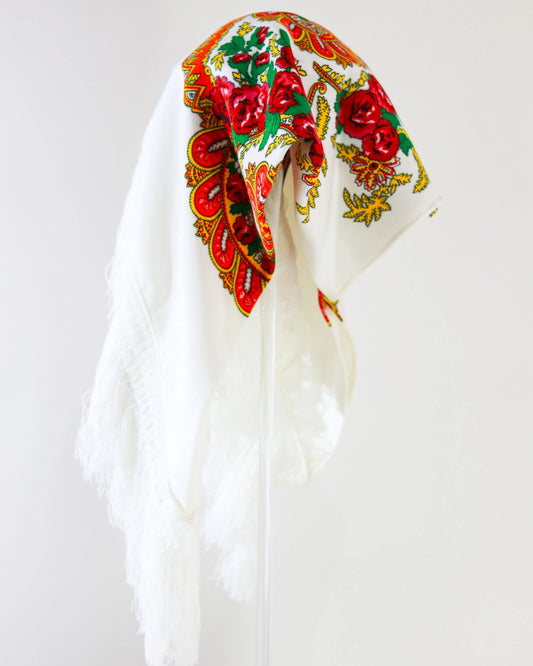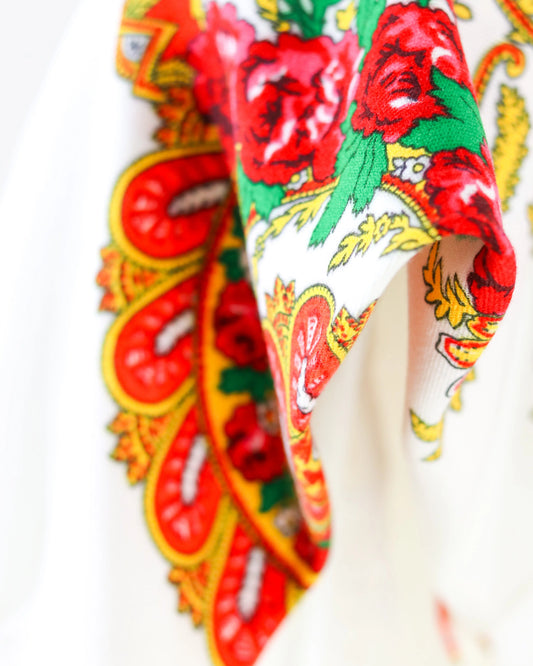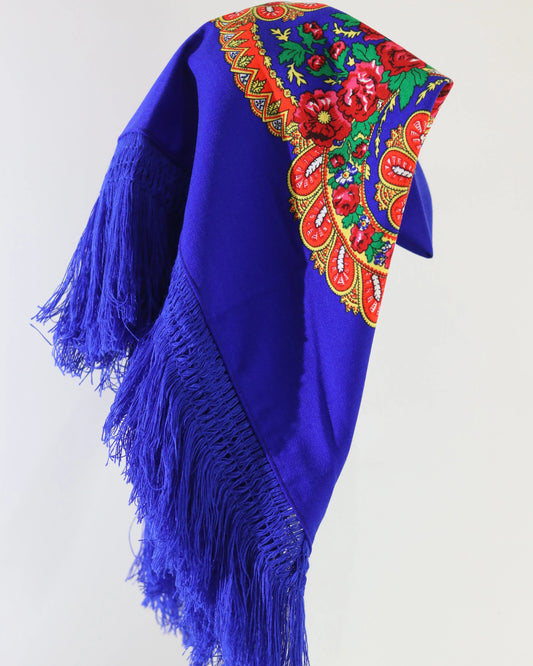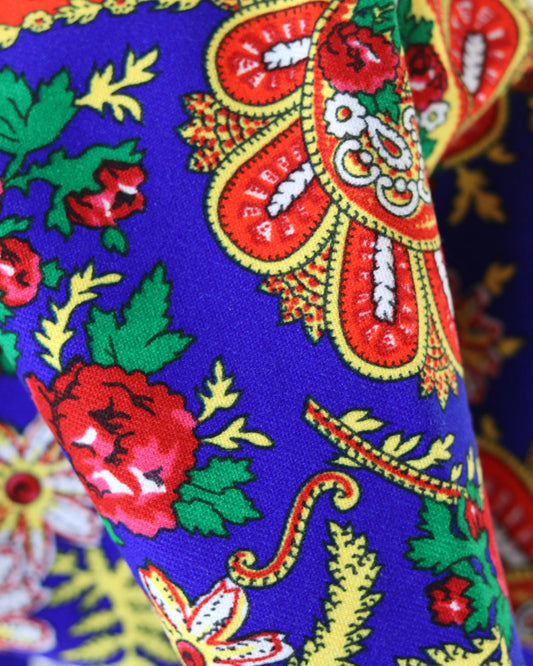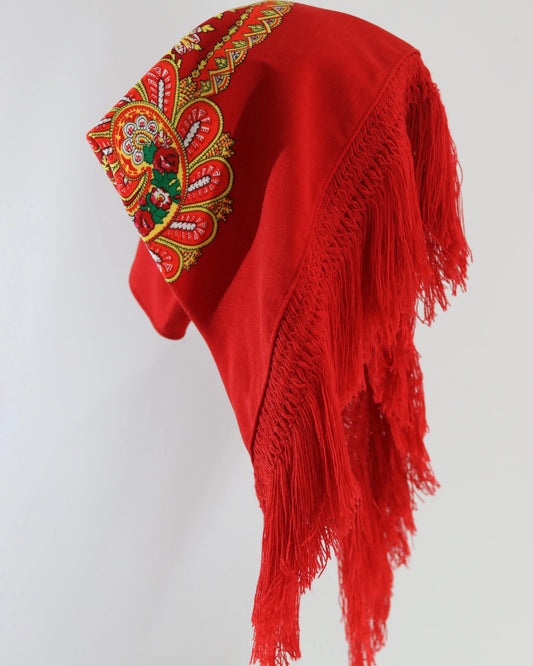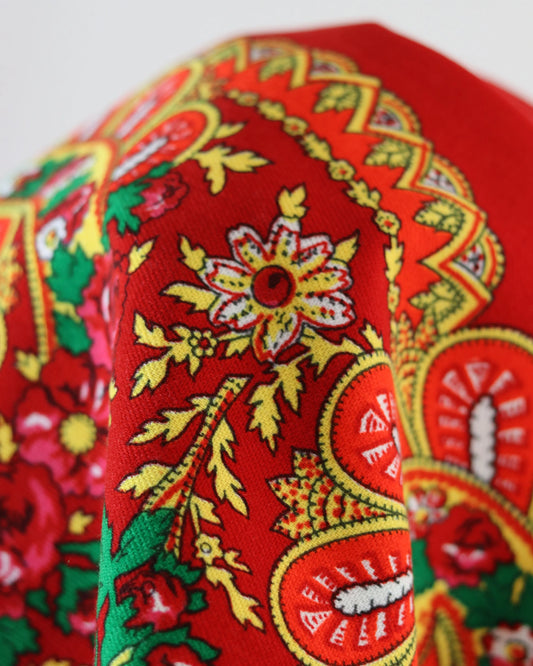Discover why the festivals of agony are unique in Portugal
August arrives, and Viana do Castelo pulsates differently. The deep sound of bass drums fills the streets, balconies are covered in quilts, the Lima River shimmers with the reflections of hundreds of lights, and the entire city is connected by memory, as if every corner holds a story waiting to be told. People talk about ancient devotion, gold on their chests, decorated boats, and joy that merges with respect. And that's when you understand why these festivals are different: not just because they're grand, but because they're intimate, arising from the concrete lives of those who live and work, those who pray and sing.
Those who arrive quickly realize that this is more than just a program of events. There's an affective architecture, attention to detail, and a desire to share who you are. And there's a common thread that ties it all together: Our Lady of Agony, the connection with the sea, and the serene pride of a tradition that renews itself without fading.
Roots of faith and sea
Devotion to Our Lady of Agony arose from the craft of fishing and the uncertainty of return. For centuries, families in Viana said goodbye to their loved ones at dawn, knowing that the ocean offers no guarantees. From this risk came a particular form of prayer, made up of promises, processions, and simple gestures that endure.
The shrine rises high above, dominating the city and bringing it closer to the river. The pilgrimage grew around this meeting point between faith and work. It's not a distant piety. It's a faith with salt, wind, and mist, which enters the villages and is reflected in the boats that ask for a blessing.
This connection is one of the keys to uniqueness. In other places, there are great parties, yes. Here, the presence of the sea is a character, not a backdrop.
When the city dresses up for a party
Days before, the transformation begins. Illuminated arches are erected, artistic lighting is adjusted, bandstands and stages emerge, bars and markets open in the squares. Entire neighborhoods prepare to welcome family and friends who return on purpose. The scale is impressive, and at the same time, there's a closeness that leads to greetings being exchanged between neighbors and visitors.
The historic center becomes an open-air stage. Not just for concerts, folklore, or drums, but for conversations that last into the night, for shared snacks, for the joy of seeing people again and repeating small rituals that endure year after year.
The gold on the chest and the suit that speaks
The Mordomia Parade draws the attention of the entire country. Thousands of women walk the streets in Viana-style costumes and filigree jewelry unparalleled in its scale and aesthetic cohesion. The heart of Viana is visible, with crosses, shackles, earrings, and medals layered in layers that gleam in the sun. It's not about ostentation, but about language. Each piece can tell the story of a family, a marriage, a treasured and cherished legacy.
The costume, far from being a stage costume, is an identity garment with rules, variations, and its own style. Among the various colors and embroidery, there are nuances that reflect the parish, the occasion, and the age. A parade like this isn't improvised. It takes months of preparation, exhaustively photographed, and carefully preserved.
Elements of the Vianesa costume that stand out:
- Flared skirt with prints and colors that vary depending on the outfit
- Apron embroidered with floral and plant motifs
- Well-fitting vest, highlighting the alignment of the embroidery
- Headscarf and chest scarf in careful combination
- Lace socks and cloth slippers
- Filigree goldsmithing: Viana hearts, earrings, shackles, crosses and cords
It's a declaration of belonging and art. A silent manifesto read to the rhythm of one's steps.
Zés Pereiras, gigantones and the pulse of Minho
Before they see each other, they hear each other. The Zés Pereiras announce the celebration with bass drums and bagpipes, creating a beat that runs through the city's arteries. These groups are passed down from generation to generation, tuning their rhythms to the stretched drumhead and the ancient blowing of bagpipes.
Giants and big-headed people elevate the joy to another level. With their immense figures, they dance to the beat of the bass drums and wave to the children. The laughter is inevitable, and the effect is unmistakable. No Minho festival is complete without this procession of figures who seem to have emerged from a shared collective memory.
Procession to the sea and the river
The most symbolic moment occurs when devotion meets water. The procession to the sea and river brings together fishermen, decorated boats, authorities, and the people. From the shore, you see ornate boats, often with flag-covered masts, flower-strewn sardoni, and colorful nets. From the deck, a plea for protection and thanksgiving for the work rises.
There are gestures that send chills down your spine: wreaths of flowers thrown into the water in memory of those lost at sea, the respectful silence that replaces the noise of the celebration, the blessing that crosses the river's mirror. Everything happens with the naturalness of someone repeating a ritual that is understood by the body.
It's not a tourist scene. It's a liturgy that's lived from within, even when seen from the outside. And you can feel it.
Ethnographic procession and living memory
The ethnographic procession showcases the cultural richness of Alto Minho. Floats and tableaux depict the crafts and seasons: flax threshing, the grape harvest, rye threshing, harvesting, spinning, convent sweets, the fair, and serenades. The audience witnesses a compendium of customs that wouldn't fit in a museum.
Dozens of groups participate, each with their own costumes, music, and choreography. The sounds of vira and chula mingle with shouts and laughter, and the city becomes an atlas of practices that find a stage of excellence here.
Fire of the river, the night that stays in the retina
As night falls, the Lima River becomes a canvas. Fireworks illuminate the water, creating a mirror effect that amplifies the light. The pyrotechnic display follows a musical and chromatic narrative, underscored by the silhouettes of the bridges and the crowded banks.
The grandeur of the show doesn't negate its delicacy. There are choreographies of points of light that seem embroidered in the darkness, there are waterfalls that descend from the bridge, there are moments when time slows down and all you hear is the collective breathing. It's an experience that lasts.
Flavors that tell stories
The feast also involves eating. Minho sets the table generously, and Viana is no exception. In many taverns and restaurants, you'll find:
- Codfish Viana Style
- Lagareiro octopus and octopus rice
- Grilled sardines and caldo verde
- Rojões and sarrabulho porridge at the right time
- Typical cakes, such as the Viana sweet
To accompany, a glass of vinho verde refreshes the conversation. And always with the desire to share, because conviviality around the table is an essential part of the spirit of these celebrations.
What makes these parties truly unique
There are many elements that, taken alone, would already attract attention. Together, they create a truly unique identity. The following stand out:
- Devotion rooted in the work of the sea and the risks of the task
- Procession that blesses boats and makes water the heart of the rite
- Dimension of the Stewardship Parade and the language of gold filigree
- Massive participation of communities, parishes and families
- Rhythm marked by Zés Pereiras, gigantones and raids
- Fireworks over the river, designed to complement the landscape
- Historical continuity that does not close doors to contemporary creation
This is an unusual convergence. It's a living culture, without artificial formalities. It's city, river, and sea in resonance.
Four key moments, one simple map
| Moment | What makes it special | Who participates | Environment |
|---|---|---|---|
| Stewardship Parade | Viana costume and large-scale filigree jewelry | Thousands of women | Elegance, serene pride |
| Procession to the sea and the river | Blessing of the vessels, homage to those who departed | Fishermen, families, authorities | Devotion, respectful silence |
| Ethnographic procession | Living pictures of the crafts and customs of Alto Minho | Folklore groups and parishes | Color, music and memory |
| River fire | Pyrotechnics reflected in Lima with a neat design | The whole city and visitors | Collective astonishment, communion |
This map isn't exhaustive. It serves as a guide for first-time visitors who want to capture the essence.
Practical advice for first-timers
Organizing your visit helps you make the most of it. A few simple ideas go a long way:
- Arrive early for big moments to ensure good visibility
- Wear comfortable shoes, the city invites you to walk
- Bring water and a light jacket for the night by the river.
- Prefer public transport or peripheral parks, traffic is tight
- Book accommodation in advance, demand is skyrocketing
- Respect the privacy of the stewardesses when taking photos, asking for permission
- Pay attention to the organization's signs and instructions
Small details make a difference. And they keep the party flowing smoothly for everyone.
How tradition prepares
Behind every arch, every costume, every float, there are months of work. Committees coordinate, parishes mobilize, families fine-tune details. In the goldsmith's shop, filigree-dominated houses prepare for the influx and increase their attendance for older pieces. Embroiderers finish scarves, seamstresses adjust vests, musicians rehearse scores, and bass drums get new skin.
This silent labor explains the final quality. No amount of improvisation can produce cohesion of this nature. It's human capital in its purest form, where manual skills and community organization meet.
Preserve intelligently
Strong traditions endure when they are respected and revitalized with care. In Viana, the appreciation of local embroidery, goldsmithing, and costumes has been accompanied by programming that reflects the city's contemporary culture. Museums, schools, and associations create bridges between past and present, and this intersection keeps the festival relevant and vibrant.
Sustainability is also on the radar. Waste management in the festivals, mobility, and a balance between culinary offerings and local products—everything counts. It's not about changing the essence, but about caring for the home that welcomes you.
For those who want to take pictures without losing their soul
The party is photogenic in every detail. To capture it without disturbing:
- Avoid flash during religious moments
- Photographing butlers with consent and respect
- Looking for angles on side streets during the parade to escape the crowds
- Using river reflection at night for cleaner compositions
- Choosing a versatile and lightweight lens, walking freely helps you find moments
More important than technique is attitude. The best photography comes from an attentive presence.
When to go and how to plan
The program tends to take place in mid-August, over several days. The exact dates vary from year to year, so it's worth:
- Check the official calendar in advance
- Identify the moments you don't want to miss and organize the logistics accordingly.
- Book meals in strategic locations to avoid queues when the city fills up
- Wait a few minutes after the end of each major event to move around more calmly.
Each visitor charts their own course. Some come for the procession to the sea, others for the parade, and others for the river fireworks. Ideally, combine two or three highlights with free time for the streets, churchyards, and squares.
Little stories that explain a lot
It's said that a grandmother gave her heart from Viana to her granddaughter shortly before the first parade, on the condition that she never lose her step during the vira. They say that a firefighter, in the middle of the night of the river fire, saved a space on the guardrail for a couple arriving breathless. And that a fisherman, while casting a wreath into the Lima, murmured names that the wind carried away, but everyone understood.
These small stories form the invisible web of the celebration. They are proof that uniqueness is built in layers of gesture, attention, and sharing.
A meaningful invitation
Those who come once tend to return. Not only for the visual beauty, but because here, tradition isn't just a showcase; it's a living practice. The encounter between faith, craft, and collective joy produces something rare: a sense of belonging open to those who arrive.
The city knows how to welcome, and the festival knows how to embrace. There's room for devotion, music, flavors, and wonder. And there's one certainty that's renewed year after year: as long as there are those who wear their costumes with respect, who play the bass drum with soul, and who climb aboard to ask for a blessing, the Festas da Agonia will remain unique, and not by chance.

